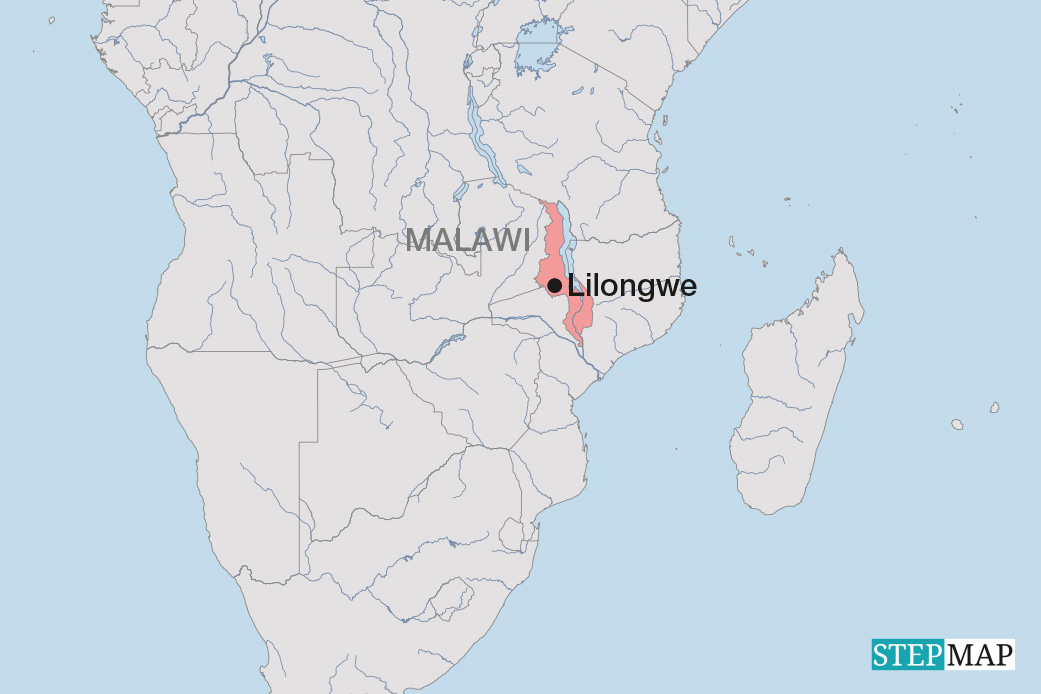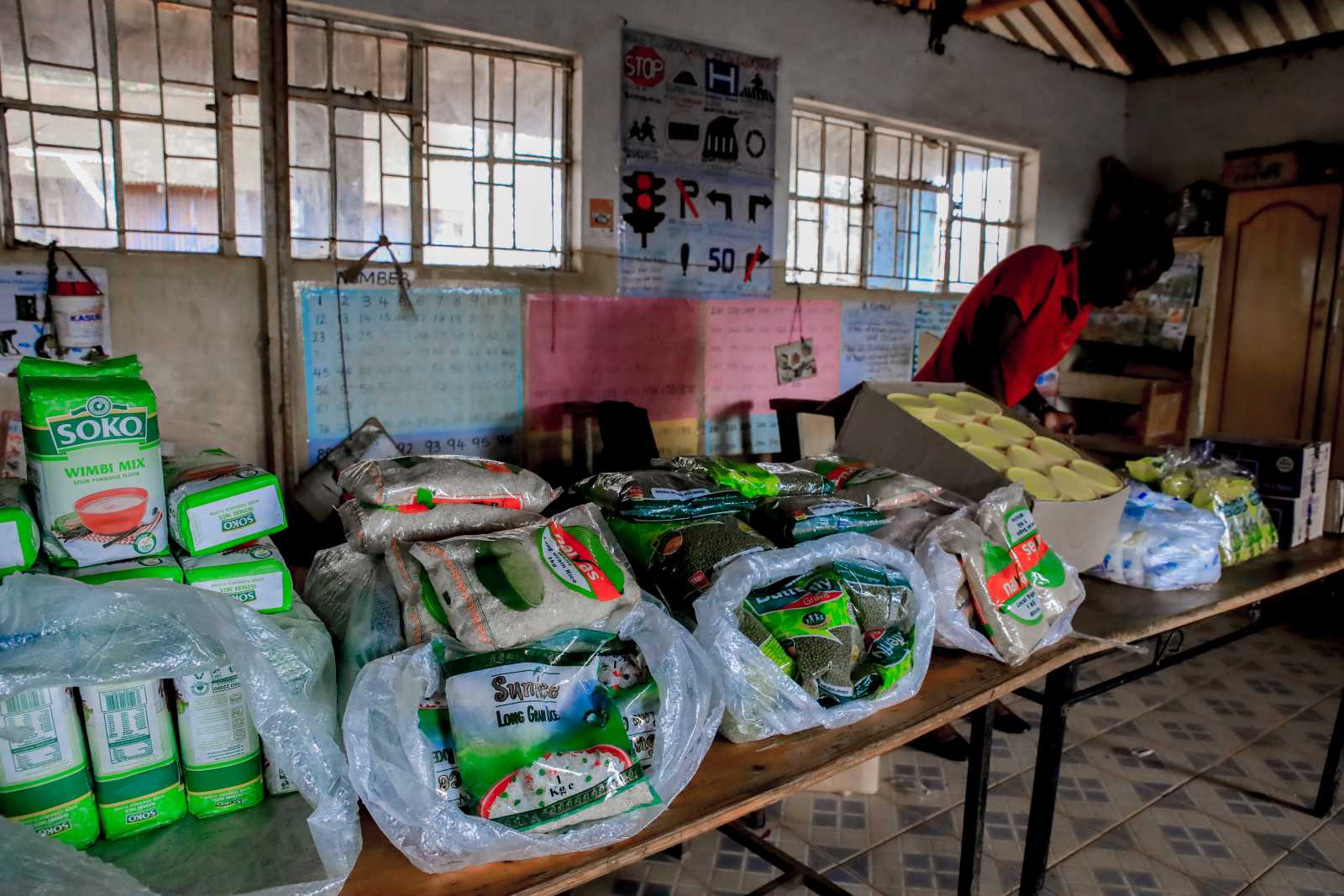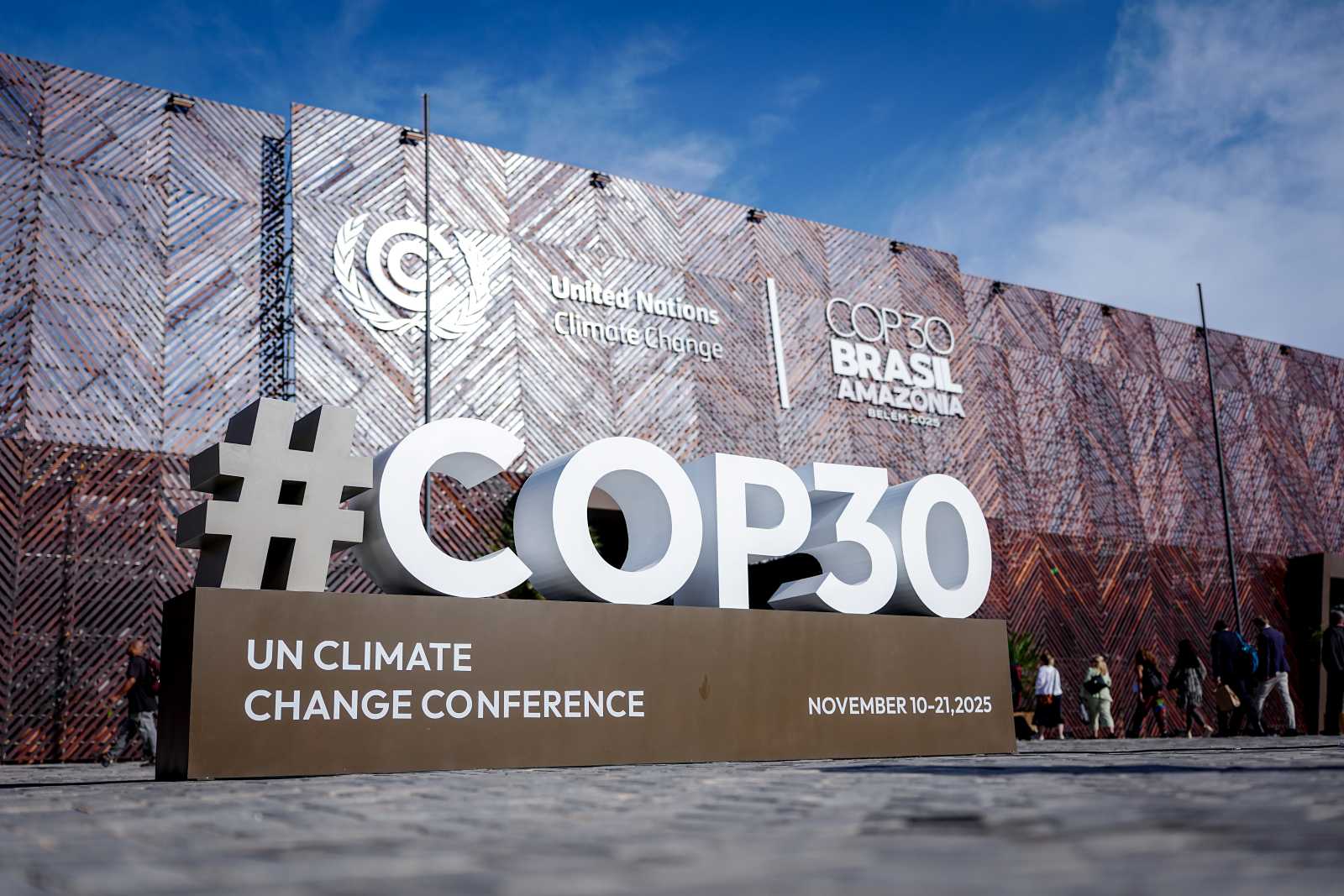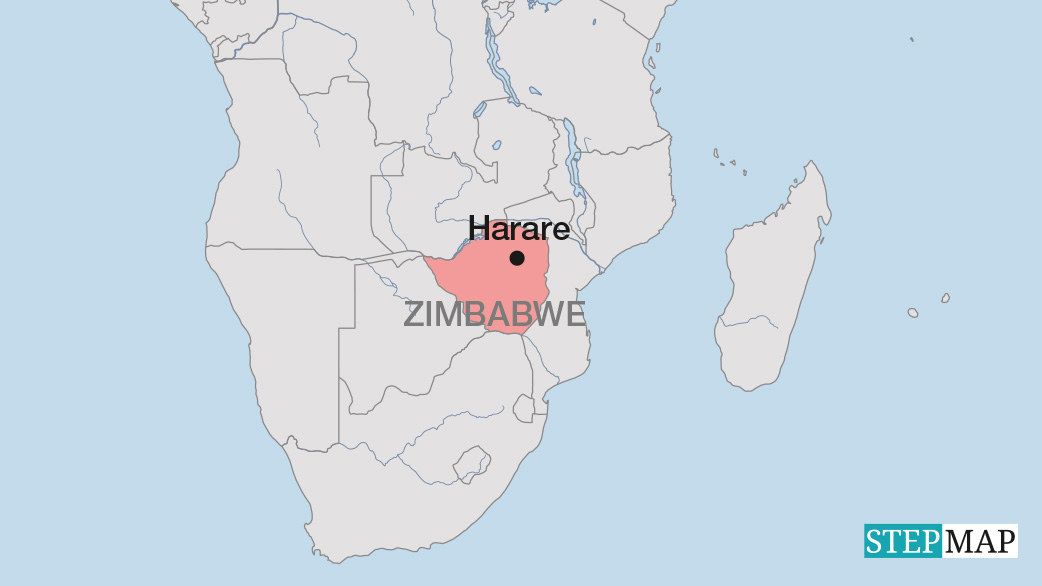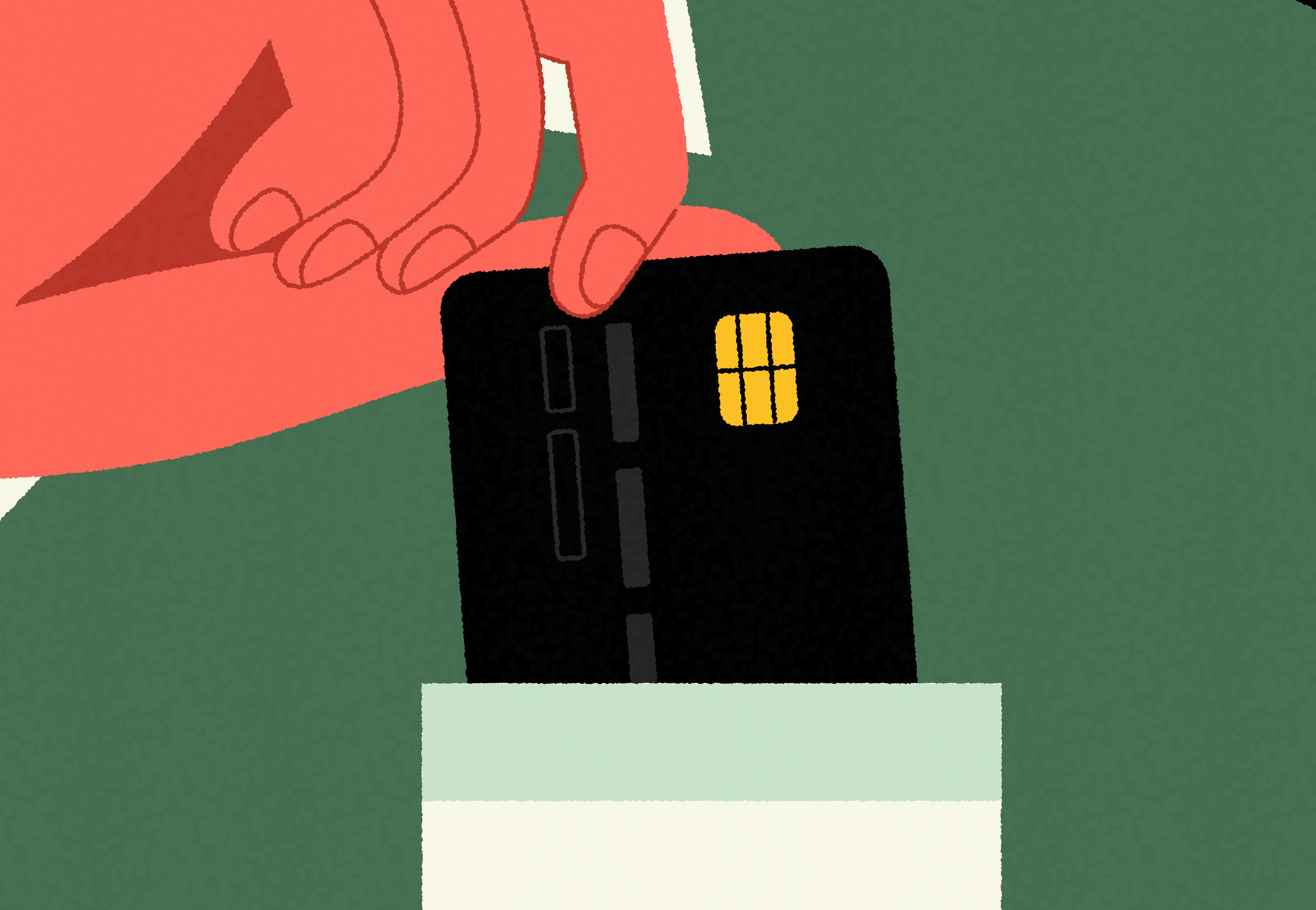Electricity
Lighting up rural Uganda with solar power
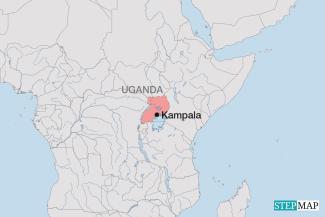
In Uganda’s rural heartlands, where electricity poles are rare, the faint glow of solar-powered kits is beginning to replace the noisy hum of diesel generators and the toxic flicker of kerosene lamps. For families who once relied on fossil-fuel power generation or lived entirely without electricity and therefore in darkness after sunset, solar energy offers more than convenience – it transforms their lives as it brings new opportunities and hope.
In Kiryandongo District, central Uganda, solar panels are becoming a common sight on top of iron-roofed homes. These modest rooftop systems are helping to close the energy gap in areas where the national grid may never arrive, one household at a time.
“I bought my first solar kit with savings from our village group,” says Rose Namukasa, a 39-year-old mother of five. “Now my children can study at night without straining their eyes, and I no longer worry about the kerosene smoke hurting their lungs.”
New opportunities through decentralised energy
According to a recent study that refers to the Uganda Bureau of Statistics, only 9.1 % of rural households in the country are connected to the national grid. Solar energy offers an affordable, scalable alternative. Basic kits – including a panel, battery, lights and phone-charging ports – can cost as little as 30,000 Ugandan shillings (about seven euros), and companies offer flexible payment plans.
For young entrepreneurs like James Owor, solar access means even more than household lighting. He runs a small mobile phone charging and radio-repair shop powered entirely by solar energy. “Before I got the solar kit, I had to take batteries to the town centre to recharge, wasting time and money. Now I charge ten phones a day from my home. This is my main source of income,” he explains with pride.
The impact of solar power is also visible in local schools and health centres. Students in dozens of rural schools in Wakiso district have been equipped with solar modules to improve lighting and therefore enable them to read before and after daylight hours. Teachers say their performance has improved since the introduction of solar lighting. Furthermore, Midwives in village health clinics are now able to assist births at night without having to rely on torches or candlelight.
Despite challenges, demand is growing
Solar installations require upfront investment and occasional maintenance. Nevertheless, the demand continues to grow, driven by community word-of-mouth and awareness campaigns by NGOs and district governments.
Moses Bukenya, a technician trained in a solar-energy company, believes this is just the beginning. “People used to think electricity was only for towns. Now, even my grandmother’s home has solar power,” he laughs.
The spread of solar technology in rural Uganda is helping communities to reduce reliance on fossil fuels, improve health and access educational and economic opportunities while at the same time contributing to global climate goals.
Mathias Galabuzi is a student of Chinese and Asian studies at Makerere University in Kampala, Uganda.
galabuzimatiya@gmail.com


